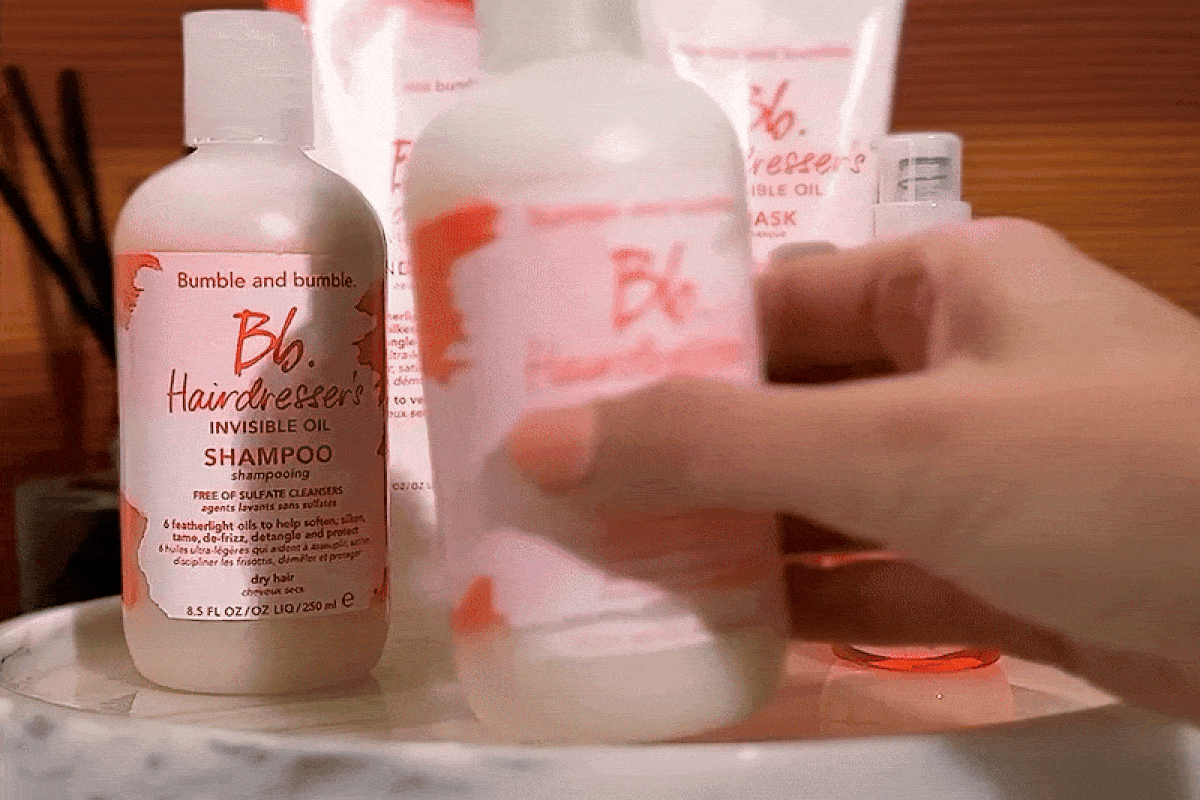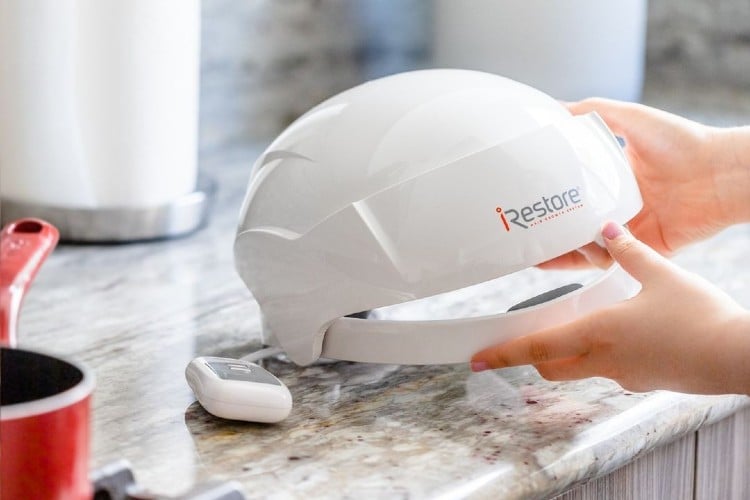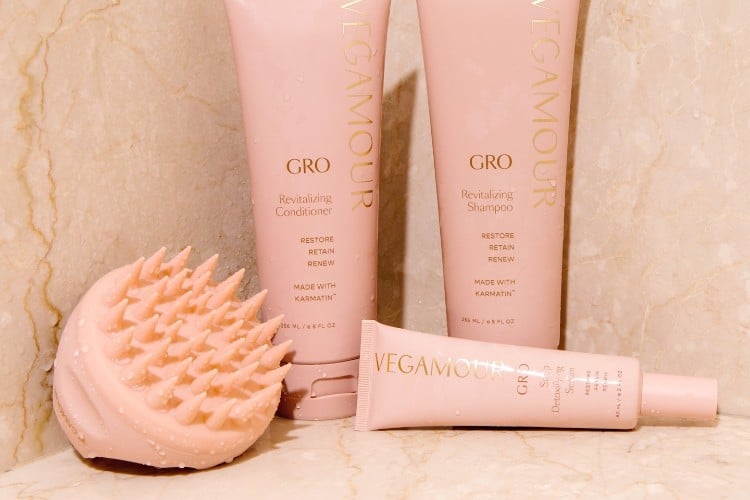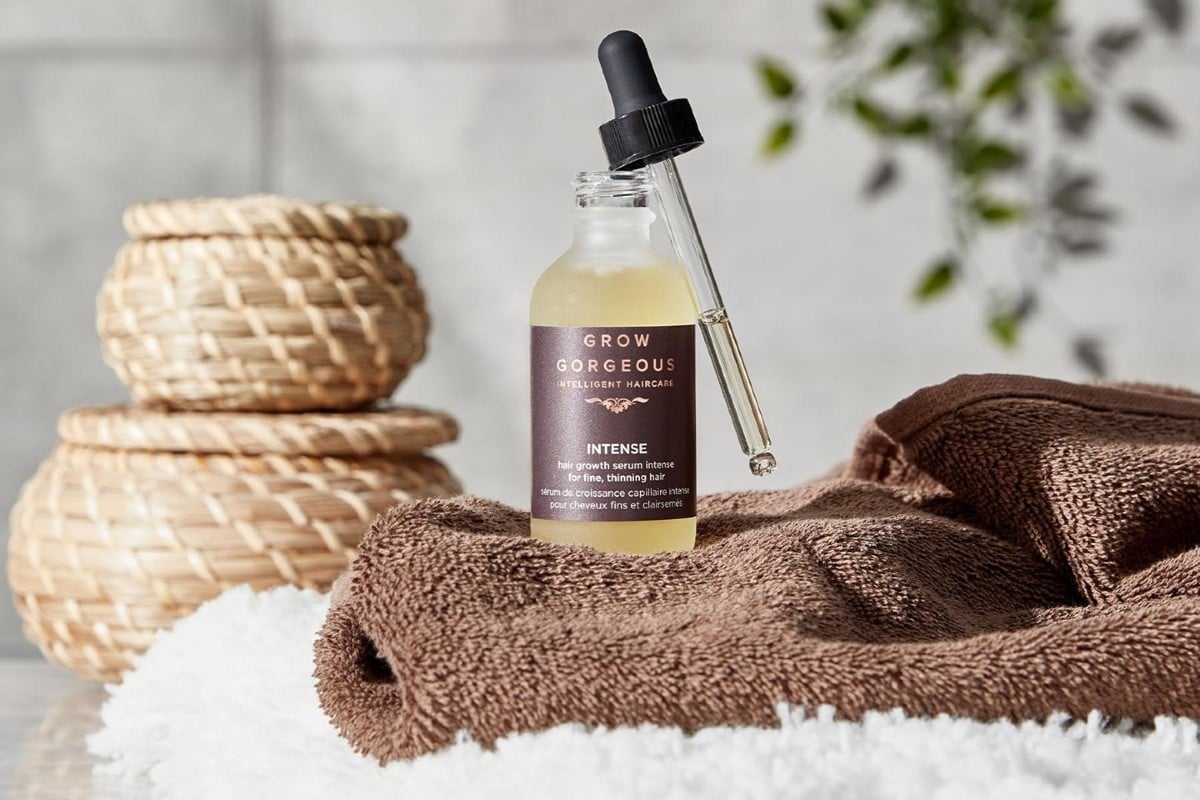We all live with the impression that shampoos and serums can help regrow our hair. However, since cosmetics don’t require FDA approval to be marketed, every product’s effectiveness is questionable. Brands are also allowed to make unrealistic claims, which rarely turn out to be true. So what do you do when no one can tell if a product really works or not? It’s simple: check the product label and look for active ingredients that have been scientifically proven to promote hair growth — like Procapil. If you spot it, you are ready to go. Here’s why.
What is Procapil?
Procapil is a breakthrough formula used in hair strengthening treatments and it’s often found as the main selling pitch in shampoos, conditioners, and leave-on products for hair growth. Procapil was formulated with three plant-derived substances with different mechanisms to help follicles produce healthier hair. Oleanolic acid is used to inhibit 5a-reductase and reduce DHT conversion, apigenin to enhance the scalp blood circulation, and finally, glycine–histidine–lysine peptides bounded to vitamin H (Biotinyl-GHK) are used to meet the hair follicle metabolic needs. Don’t panic; you’ll get soon what all that means.
How does Procapil stimulate hair growth?
It targets DHT conversion
The first target of Procapil is androgenic alopecia — the most common form of hair loss caused by androgens, more precisely a testosterone derivative called dihydrotestosterone (DHT). You know that hair follicles are the ones responsible for the production of hair strands, right? Well, to grow hair, follicles need to undergo repetitive cycles of regeneration. If the hair follicles are damaged or weakened, or the hair growth cycle is disturbed, follicles are more likely to produce less and weaker hair.
Apart from nutritional deficiency and thyroid disease, research found that elevated DHT levels in the body are one of the main reasons for weakening the hair follicles. DHT is converted from testosterone by particular enzymes called 5-alpha reductase (5-AR). Procapil, with the help of oleanolic acid (extracted from olive leaves), inhibits 5-alpha reductase enzymes to stop testosterone conversion to DHT. The use of 5-alpha reductase inhibitors is one of the best practices to reduce thinning hair. For reference, in one particular study, a 47% increase in hair growth was obtained after one year through the simple inhibition of 5-alpha reductase.
It boosts scalp blood flow
Another hair growth mechanism of Procapil is working as a vasodilator, thanks to apigenin — a citrus extract flavonoid with a vasodilatory effect. Vasodilators are medications that open blood vessels and their role is to increase blood flow in the body to tissues that need it most.
Basically, Procapil helps increase scalp blood flow, allowing the inactive follicles to reconnect with dermal papillae, structures located under the follicle that produce the hair shaft. Boosted scalp flow also allows more oxygen and nutrients — needed for healthy hair growth — to reach hair follicles. This is exactly how Minoxidil works, as it’s a vasodilator too.
It delays hair follicles aging
The last compound, Biotinyl-GHK, a vitamin-carrying peptide formed by biotin (vitamin H), was added to Procapil’s formula due to its anti-aging activity. This study suggests that Biotinyl-GHK holds dual matricial and metabolic action, meaning it ensures a better ‘rooting’ of the hair in the scalp and an enhanced adhesion between dermal papilla and hair follicle. It’s believed that improved interfacing would positively impact the quality and duration of the hair growing phase.
Long story short, Procapil has anti-androgenic proprieties (as Finasteride), vasodilatory effects (as Minoxidil), and anti-aging activities. Do you see now why Procapil is so good to stimulate hair growth? It practically does everything for your hair to grow healthy and strong.
What studies say about Procapil?
Unfortunately, compared to Minoxidil or Finasteride, Procapil lacks scientific evidence that proves its ability to stimulate hair growth. Or better said, there’s not enough data to draw a conclusion. Few clinical trials for Procapil exist, but they are under the same study case. In a four-month trial, 35 men aged between 18-50 years suffering from hair loss were treated with 3% Procapil twice daily. By the end of the trial, the hair in the anagen phase increased by 10%. The same study concluded that Procapil in four months delivered the same results as Finasteride in five months.
Procapil side effects
As Procapil is pure botanical, it’s believed to have no side effects.
Procapil products
You can find Procapil in different concentrations (1% to 3%) in shampoos, serums, leave-on products, usually addressing hair growth. Here are the best Procapil products for hair growth that we like the most:
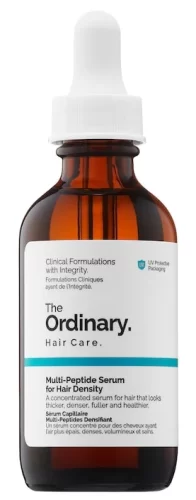
The Ordinary Multi-Peptide Serum
This hair growth serum is not only powered by Procapil, but it’s enriched with powerful ingredients like Redensyl, Capixyl, and caffeine to add thickness and fullness. These are the pillars of every great product to increase hair density.
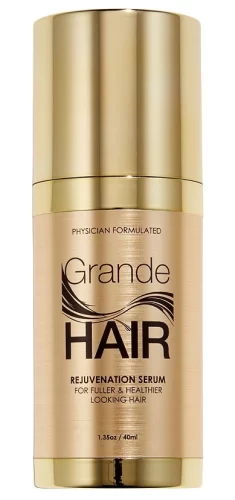
Grande Cosmetics Hair Serum
Formulated with vitamins, peptides, and amino acids, this hair-enhancing serum by Grande Cosmetics supports healthier and thicker hair while improving its overall condition. Besides Procapil, it’s formulated with Ginkgo Biloba and flower extracts that are known to help reduce thinning hair, being one of the best Procapil products out there.
Procapil vs minoxidil
According to one research, 1% Procapil was 58% more effective than minoxidil, while 2.5% Procapil shows 121% more hair growth. Similarly, minoxidil maintains hair follicles’ proliferative activity, as does biotinyl-GHK. However, as much as we want to believe Procapil is better than minoxidil, more studies are needed to draw a conclusion. Besides, minoxidil is approved by the FDA and has more studies and evidence than Procapil supporting its role in hair growth.


